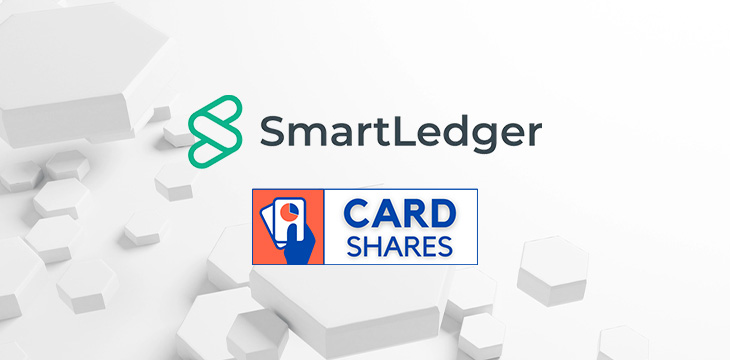
|
Getting your Trinity Audio player ready... |
Handcash, Bitcoin payment provider and wallet, are known for tackling difficult user experience problems and have already introduced NFC phone-to-phone, tap-to-pay Bitcoin payments, $handles, Output Bills, NFC backups and a keyless wallet.
All those are aimed at removing payment frictions so anybody, even those outside the cryptocurrency space, can use HandCash as an easy-to-operate money app. Duro is the last piece of the puzzle but, possibly, the most important one, click here for video demo.
The current units of account in Bitcoin, especially for small payments i.e 0.00050273, are overly complicated. This format does not resonate with people familiar to normal fiat currencies.
Duros equate to groups of 500 satoshis, with no decimals. For example, 0.00050273 BSV and 50,273 satoshis would just become 100Đn (100 Đ, at the time of publication, are worth $US 1.21).
This is crucial for accomplishing one thing that’s never been done before: pricing digital goods and in-app actions in a universal, internet native currency. In other words, it allows us to price things that never had a price.
With nanopayments and Duro, developers can confidently price their digital goods in a universal unit of account. The goal is to change, say, 100 Pokémon coins and 5 Candy Crush diamonds for 100Đ and 30Đ — pricing digital goods in the same unit of account across different apps and games creating universal and real value.
Also, Bitcoin Satoshi Vision (BSV) is a tough-sell, even if the reasons are unfair; Handcash simply want the actual technology to be the star, not the politics.
For clarity, Duros are not tokens: They’re BSV satoshis, 500 of them to be precise, so Duro is a new unit of account for BSV.

 11-22-2024
11-22-2024


